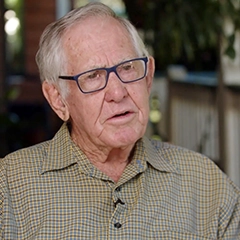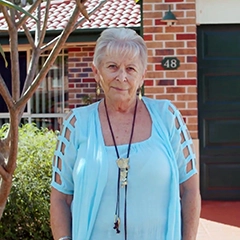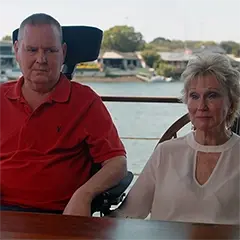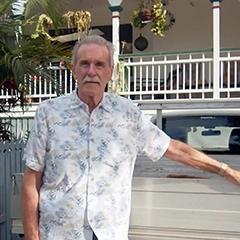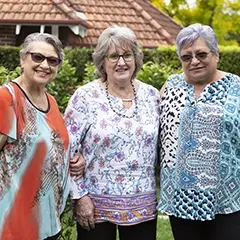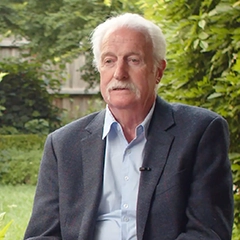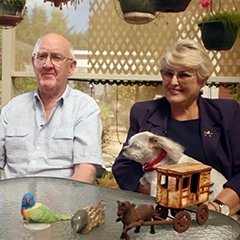Tax
Free
Funds
No Regular
Repayments
Required
Consistently
Low
Rate
Award
Winning
Company
What Is A Reverse Mortgage?
A reverse mortgage is a simple product that enables you to access the savings in your home, to draw on your home equity to afford the retirement lifestyle you deserve without having to downsize and leave the home you love.
Designed for homeowners aged 60 plus, reverse mortgages in Australia don’t require regular repayments, which means you’ll have more monthly cash available for covering lifestyle expenses, and they allow you to remain the owner of your home and benefit from all of its capital growth.
You can use your home equity in various ways: as an additional income stream, as a contingency fund to be drawn as required or as a lump sum that you can use to renovate your home for better mobility, pay for health and care expenses, become Bank of Mum & Dad, and more.
Our reverse mortgage calculator demonstrates how much home wealth you could unlock to improve your retirement funding.
We've Got You Covered
Flexibility and Choice
Meet your needs and give you confidence throughout retirement.
Personalised Service
Our retirement specialists help you every step of the way.
Responsible Lending
Responsible lending to meet your long term retirement funding needs.
Consistently Low Rate
Get a low interest rate, transparent fees & no exit or other penalties.
No Regular Repayments Required
The loan is paid when you leave your home or anytime without penalty.
Remain the Owner of
Your Home
You keep your title and continue to benefit from any increase in property value.
No Negative Equity Guarantee
You cannot owe more than your home is worth, regardless of its value.
Guaranteed Lifetime Occupancy
You cannot be forced to sell or move out of your family home.
It's As Easy As 1, 2, 3!

CONFIRM ELIGIBILITY
Use our online calculator to see your accessible Household Capital.

PERSONAL CONSULTATION
Experience one-on-one personalised service with a retirement specialist.
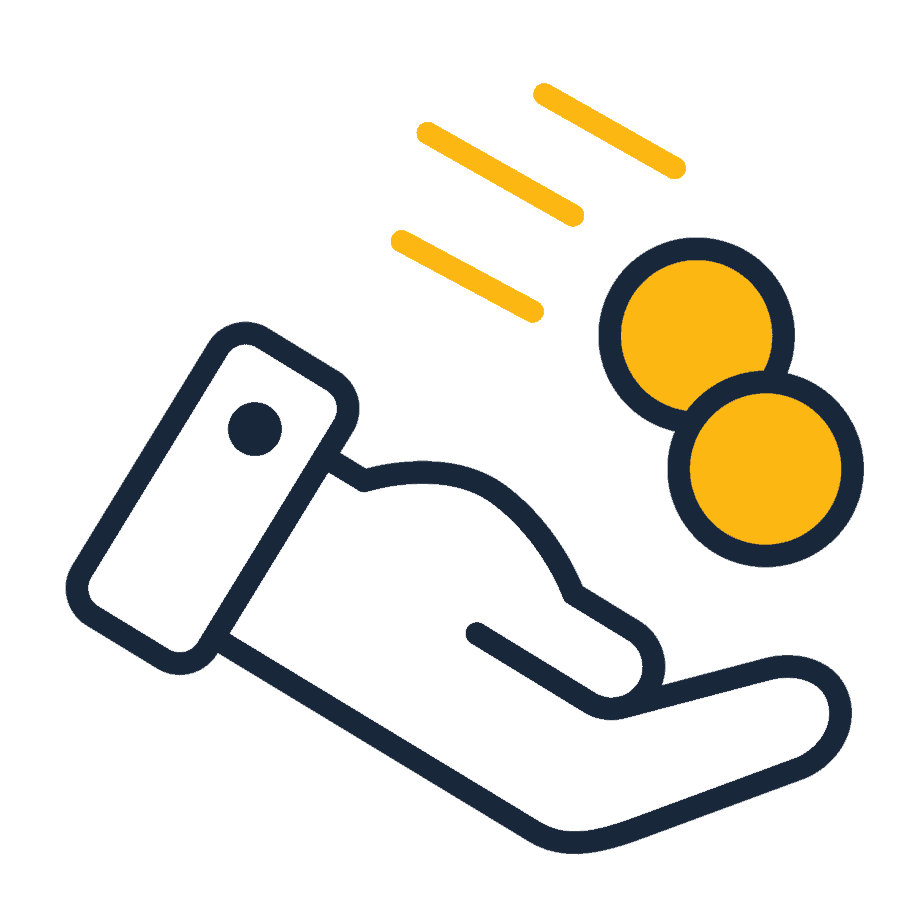
APPLICATION
We guide you through every step of the application process.
How You Can Use A Reverse Mortgage
You can utilise your Household Capital via one or a range of ways from super top-up to becoming the bank of mum and dad.






